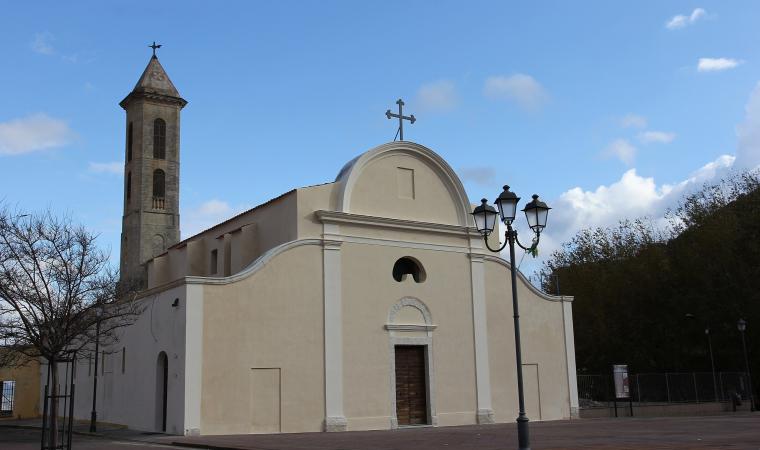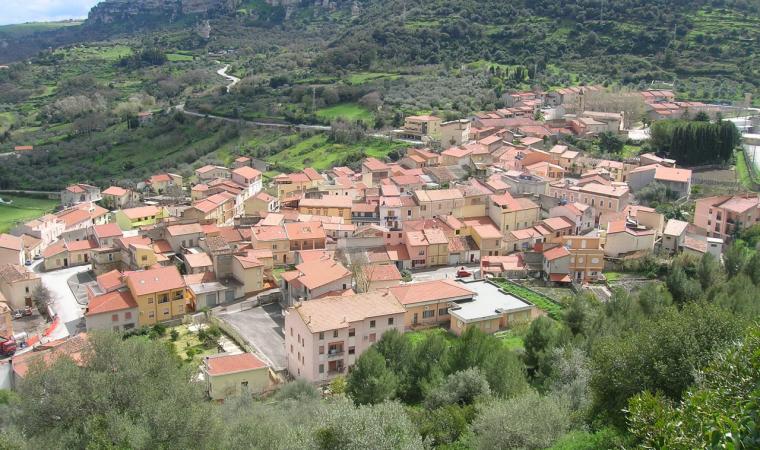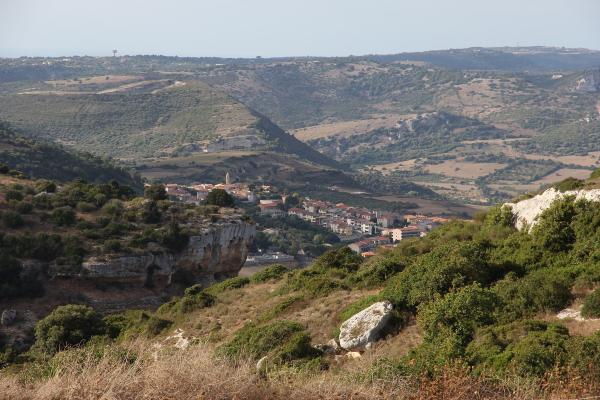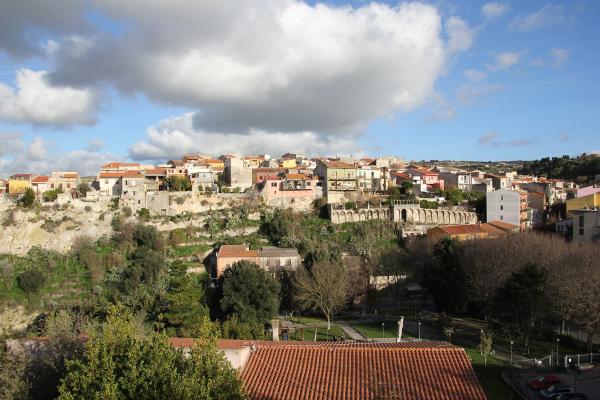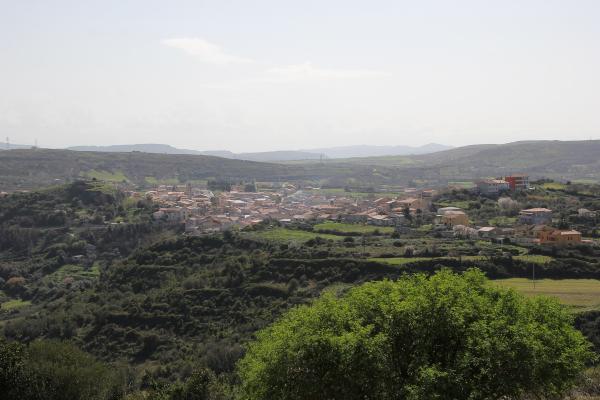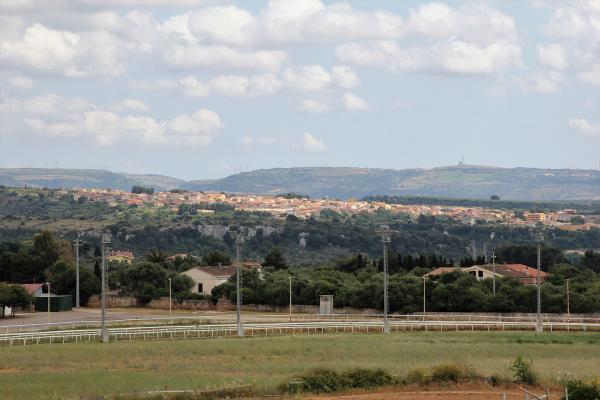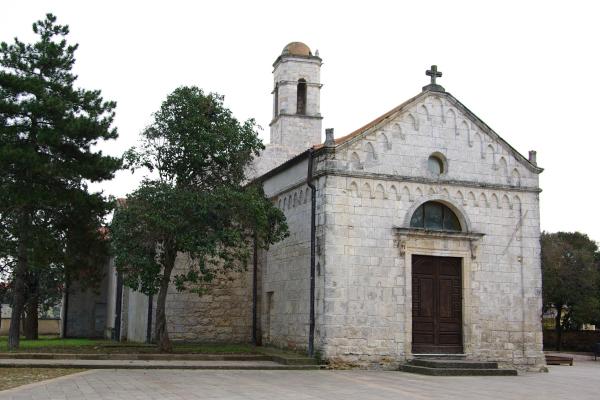Rising up to 340 metres in altitude on the slopes of Pizzo 'e Adde, Cargeghe overlooks the Campomela valley. With around 640 inhabitants and part of Sassari, Cargeghe is in the historical region of Logudoro. The village itself is built around the parish church of Saints Cyricus and Julitta, built in late-Gothic style between the 15th and 16th centuries before then being subject to various works, however some chapels are original. It houses valuable works, amongst which, The Holy Family of the Florentine Mannerist Baccio Gorino (from around 1588) and a Madonna Enthroned and Saints also from the late-16th century. The bell tower, torn down twice between 1854 and 1905, was rebuilt with material from an ancient Romanesque church. Also of great interest is the parish house, a 17th-century dwelling, which belonged to the Duke of Asinara, characterised by evocative frescoes and stuccos from the 18th century. The oratorio di Santa Croce, rather, has an even older wooden altarpiece and a crucifix used in the past for the De s'Iscravamentu ceremony on Good Friday during Holy Week. In the part of Cargeghe that overlooks the Campomela valley, one kilometre from the town, surrounded by olive groves and orchards, stands the church of Santa Maria di Contra, built in Romanesque style with limestone blocks.

Town
15 kilometres from Sassari, in the north-western part of Sardinia, a small town climbing up the side of a mountain features buildings of worship and archaeological remnants of great value
15 kilometres from Sassari, in the north-western part of Sardinia, a small town climbing up the side of a mountain features buildings of worship and archaeological remnants of great value
See this place because...
A characteristic village of Logudoro is to be explored, revealing a long and evocative medieval and modern history, preceded by pre-nuragic and Roman remnants
Pictures and videos
You may also like
More attractions in the vicinity
Nearby hotels and accommodations

Bed and breakfast
MUROS
1 km

MUROS
1 km

MUROS
1 km

